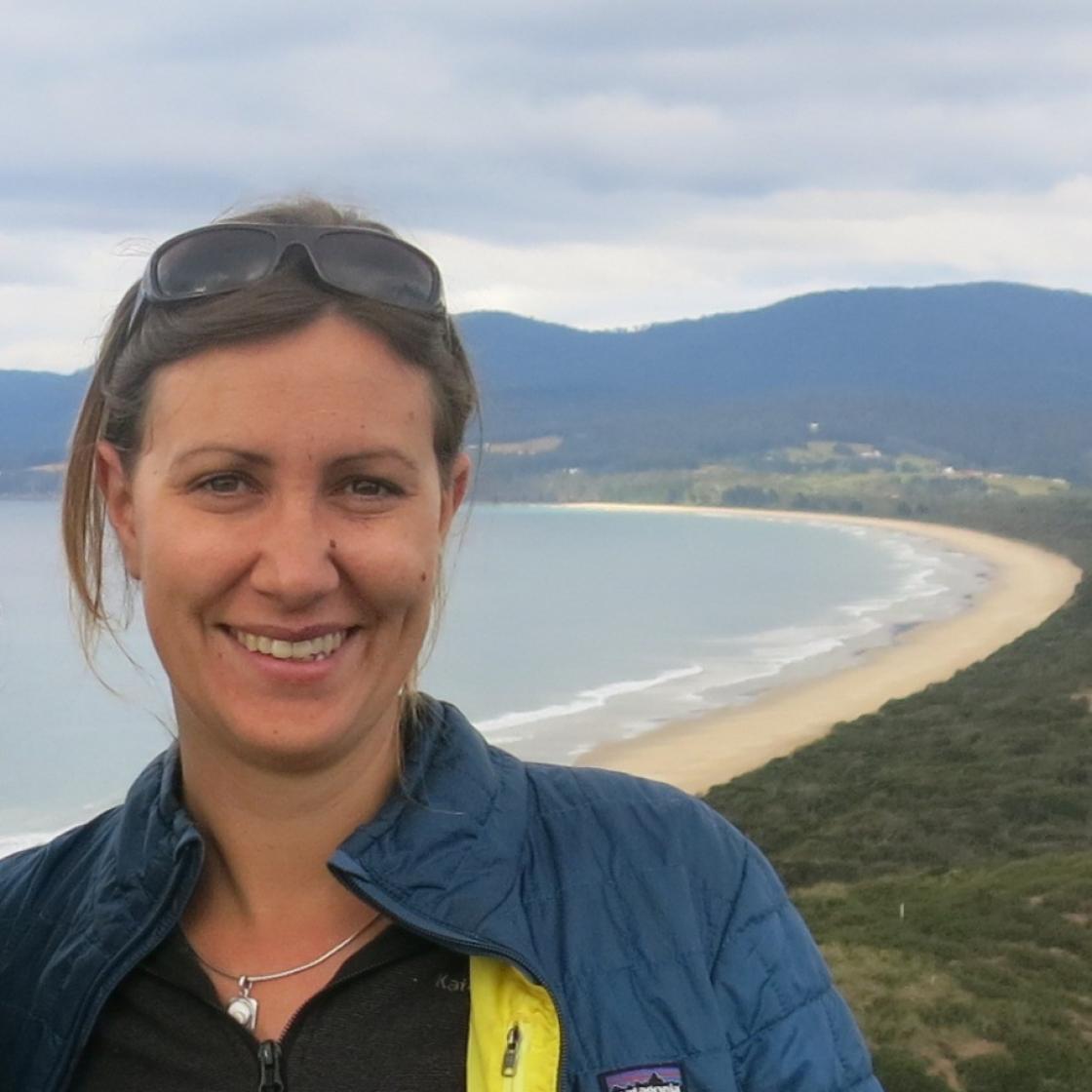Faure J., Authier M., Massiot-Granier F., Plard F., Péron C. (2024). Post-release survival of Whiteleg skate (Amblyraja taaf) caught as bycatch on demersal longlines in deep waters of the Southern Ocean (Crozet Archipelago). ICES Journal of Marine Science, fsae073, https://doi.org/10.1093/icesjms/fsae073
Whiteleg skate (Amblyraja taaf) is a bycatch species commonly discarded in demersal longline fisheries targeting Patagonian toothfish around the Crozet archipelago (Southern Ocean). While there are global conservation issues on elasmobranchs, the post-release survival of this deep-sea species remains unknown. This study is the first tagging programme conducted on Whiteleg skates to investigate their fate after being released at sea. Almost 3000 skates were captured, double-tagged with conventional tags and released between 2020 and 2022 to assess survival using capture–mark–recapture (CMR) models. Our primary result i an estimated annual apparent survival rate higher than 92% for skates released in good condition (with 185 skates recaptured after up to 944 days at liberty). Low detection rate highlighted methodological challenges for CMR models. However, skate size and depth of capture had an effect on apparent survival probability with smaller individuals having lower values (<65 cm; 0.84 ± 0.04) as well as skates caught at shallower depths (<1200 m; 0.83 ± 0.04). Overall, this study suggests that the mandated release of skates in good condition is effective to limit fishing impact on skates in this fishery. To further limit this impact, we recommended changes in fishing practices (hauling speed and soak time).
BOREA contact: Johanna Faure, johanna.faure@mnhn.fr ; Clara Péron, clara.peron@mnhn.fr
Whiteleg skate (Amblyraja taaf) is a bycatch species commonly discarded in demersal longline fisheries targeting Patagonian toothfish around the Crozet archipelago (Southern Ocean). While there are global conservation issues on elasmobranchs, the post-release survival of this deep-sea species remains unknown. This study is the first tagging programme conducted on Whiteleg skates to investigate their fate after being released at sea. Almost 3000 skates were captured, double-tagged with conventional tags and released between 2020 and 2022 to assess survival using capture–mark–recapture (CMR) models. Our primary result i an estimated annual apparent survival rate higher than 92% for skates released in good condition (with 185 skates recaptured after up to 944 days at liberty). Low detection rate highlighted methodological challenges for CMR models. However, skate size and depth of capture had an effect on apparent survival probability with smaller individuals having lower values (<65 cm; 0.84 ± 0.04) as well as skates caught at shallower depths (<1200 m; 0.83 ± 0.04). Overall, this study suggests that the mandated release of skates in good condition is effective to limit fishing impact on skates in this fishery. To further limit this impact, we recommended changes in fishing practices (hauling speed and soak time).
BOREA contact: Johanna Faure, johanna.faure@mnhn.fr ; Clara Péron, clara.peron@mnhn.fr




